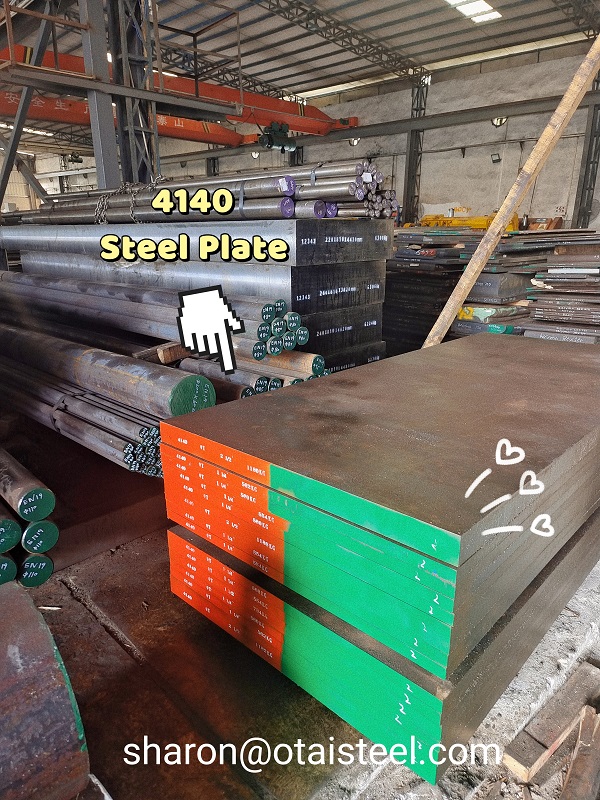Introduction
In the world of metallurgy, the 4140 forged plate holds a significant place due to its exceptional strength and versatility. This article delves into the intricacies of hardness analysis for 4140 forged plates. We will explore its importance, methods of analysis, and its applications across various industries.
What is 4140 Forged Plate?
Before we dive into hardness analysis, let’s understand what 4140 forged plates are. These are steel plates primarily composed of iron, carbon, and several alloying elements, including chromium and molybdenum. The unique composition of it makes them highly sought after in various industrial applications.
Importance of Hardness Analysis
Ensuring Structural Integrity
Hardness analysis is crucial because it determines the resistance of a material to deformation, wear, and abrasion. In the case of 4140 forged plates, this analysis is essential to ensure the structural integrity of components made from this material.
Quality Control
Manufacturers rely on hardness analysis as a quality control measure. It helps them maintain consistency in the mechanical properties of 4140, which is vital for meeting industry standards.
Methods of Hardness Analysis
There are several methods to analyze the hardness of 4140, each offering unique insights into the material’s properties.
1. Rockwell Hardness Test
The Rockwell hardness test is a widely used method that measures the indentation hardness of a material. It involves applying a load to the material’s surface using a conical or spherical indenter.
2. Brinell Hardness Test
The Brinell hardness test uses a spherical indenter to create an impression on the surface of the 4140. This test is particularly useful for materials with coarse grain structures.
3. Vickers Hardness Test
The Vickers hardness test employs a pyramidal diamond indenter to measure hardness. It’s known for its accuracy and versatility in assessing the hardness of various materials.
Factors Affecting Hardness
Several factors can influence the hardness of 4140 forged plates:
1. Heat Treatment
The hardness of 4140 can be modified through heat treatment processes like quenching and tempering.
2. Alloying Elements
The presence of alloying elements, such as chromium and molybdenum, can significantly impact the hardness of the material.
3. Microstructure
The microstructure of the material, including grain size and distribution, plays a crucial role in determining hardness.
Applications of 4140 Forged Plates
4140 forged plates find applications across various industries due to their exceptional hardness and durability. Some common uses include:
1. Aerospace
In aerospace, 4140 forged plates are utilized in critical components that require high strength and resistance to fatigue.
2. Oil and Gas
The oil and gas industry relies on the plates for drilling equipment and pipelines, where hardness is essential for longevity.
3. Automotive
In the automotive sector, these plates are used in engine parts and transmission components.
Conclusion
In conclusion, hardness analysis of 4140 forged plates is crucial to ensure their quality, structural integrity, and suitability for specific applications. Understanding the methods of analysis, factors affecting hardness, and the wide range of applications helps in appreciating the significance of this material in various industries.











